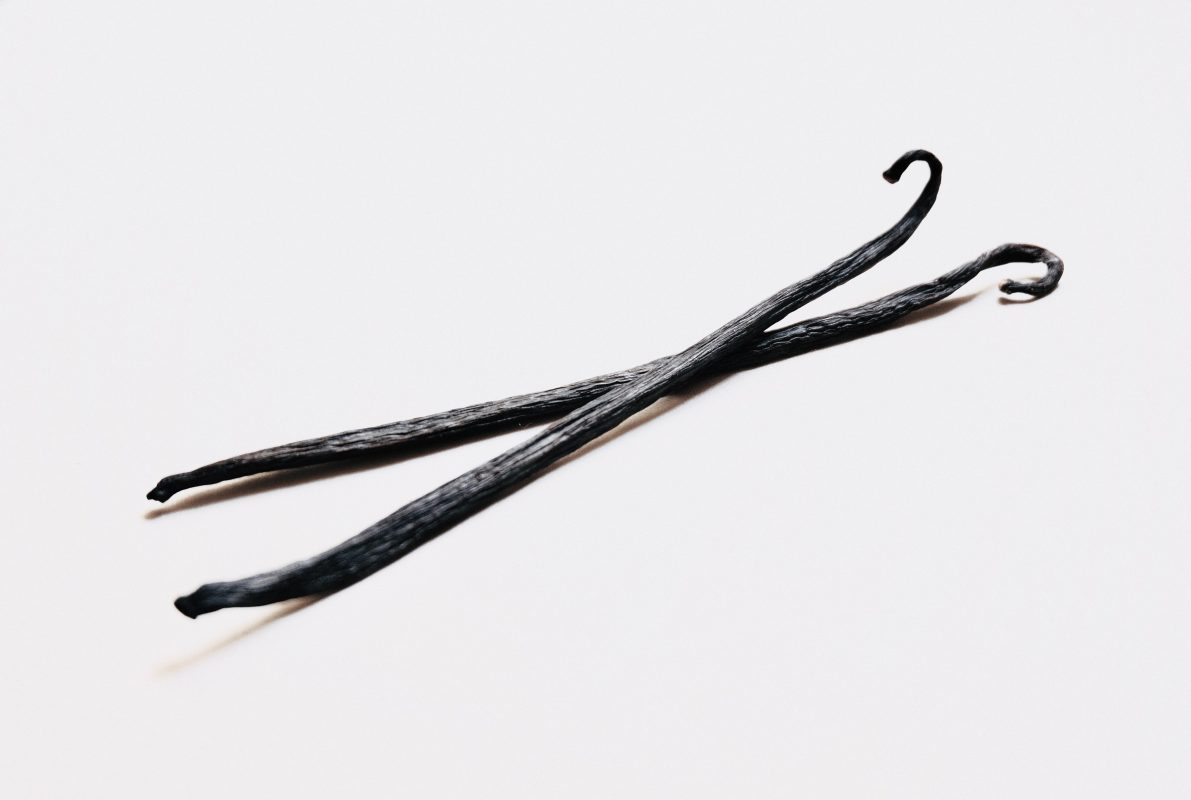Vanilla, derived from the orchid plants of the genus “Vanilla,” is a spice primarily acquired from the pods of its flat-leaved Mexican species. It is the second most expensive spice after saffron. It is because the growth and cultivation of its seed pods are exceedingly laborious.
Today, vanilla gets used worldwide as a flavoring agent and spice. It is in both domestic and commercial food making and processing.

Applications of Vanilla as a Spice
Vanilla proffers a slightly sweet flavor to the food item it gets added to along with a strong, fragrant, and enticing aroma. It has a unique taste that can work with an assorted variety of dishes.
The most common use of vanilla includes its addition to cakes, biscuits, muffins, cupcakes, pastries, cookies, and so on. It finds application in multiple cuisines, both sweet and savory. These comprise confectionery, liqueurs, eggnogs, French toast, puddings, pancakes, and other delectable foodstuffs. The spice can add an exciting complexity and twist to any food, no matter how bland it tasted.
Contrary to popular belief, vanilla does not counter the taste of savory dishes. It makes for a great addition to cuisine like baked beans, tomato puree, and corn toast. Other such food items include tarts, pies, and fish fillet dishes. The spice can soften and reduce the acidity of tomatoes and other ingredients used with it, enhancing and mixing the various flavors in a perfectly harmonious blend.
Vanilla can get used as a powder, either pure or blended with starch, sugar, or other sweetening agents. People add this powdered mixture to the dishes or sprinkle it over particular gastronomy like a few types of bread as condiment or decoration. Although the spice in itself serves as a prized and sought-after flavoring agent, vanilla can also enhance or boost the natural flavor of other substances and ingredients to a significant extent. It often complements and suits the overall taste of the final product when added to chocolate, caramel, custard, coffee, and similar foods.
Benefits of Vanilla
Vanilla does not merely provide a sweet taste and a pleasing aroma. It has and proffers numerous health benefits associated with it. Some of them comprise the following:
- Calming Effect: Research has proven that vanilla has particular compounds that provide a calming effect. It can diminish reflexes induced on startling and delivers relief from sleep disorders substantially.
- Sugar Substitute: Vanilla acts as a suitable and healthier alternative to sugar. It proffers the same sweet taste and mouthfeel but has fewer carbohydrates and calories. Thus, it reduces high blood sugar levels and prevents related ailments, allowing for a more robust heart and body.
- Oral Pains: The alcohol component of vanilla has numbing effects when applied orally for tooth and gum aches. Additionally, its antioxidant properties promote healing. It is for this very reason that liquids to relieve oral pain have vanilla added to cloves.
- Nutrition: A small amount of vanilla can provide adequate nutritional composition in a diet. It has calcium, potassium, magnesium, and other minerals with several essential vitamins. It also has suitable quantities of protein, carbohydrates, sugar, fat, and calories.
- Heart Issues: Vanilla can successfully lower the cholesterol levels of the body. Hence, it reduces the possibility of a stroke or other heart ailments by preventing inflammation of the blood clots and arteries.
- Antioxidant and Antibacterial Properties: The spice has strong antioxidant properties. It can prevent the disintegration of cells and tissue masses of the body. It aids in the natural growth and recovery of the cell system. Also, due to its antibacterial properties, vanilla can boost the immune system and diminish the stress exerted on the body. It can also prevent acne, colds, coughs, and digestive issues. A combination of these two properties helps in an easy and quick recovery from illnesses and injuries.
- Weight Loss: Vanilla has appetite-suppressing abilities and properties that allow one to achieve the aim and goal of weight loss. Additionally, it reduces calorie intake and lowers the cholesterol levels of the body. It promotes efficient metabolism.
Harvest Area and Season
The vanilla plant grows in countries like Mexico, Madagascar, and Comoro and in areas where the soil is rich in humus and has good drainage. It prefers a tropical and humid climate with an average annual rainfall of at least 200-300cm, distributed evenly for about nine months. It thrives at an altitude of 1500m above sea level and a dry spell of 3 months. All these conditions make Indonesia the top producer of vanilla spice.
Vanilla gets planted from about September to November. It witnesses flowering in the third year of the plantation, around December and January. The ideal time for harvest is 6-9 months after the flowering when the beans become mature and change color from green to a shade of pale yellow.
Contact us for discussing supplying Vanilla in bulk from here
